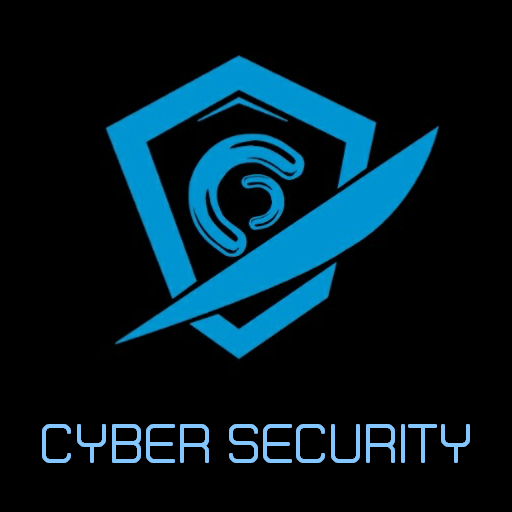Understanding Authentication, The Backbone of Cybersecurity.
In an increasingly digital world, the term “authentication” is becoming ubiquitous yet frequently misunderstood. A fundamental pillar of cybersecurity, authentication is essential for protecting sensitive information and maintaining trust in online interactions. Whether you are logging into your email, accessing bank accounts, or using social media, the process of verifying someone’s identity is at play.
What is Authentication?
At its core, authentication is about confirming the identity of a user or a system. It answers the critical question: “Are you who you say you are?” This process ensures that only authorized individuals gain access to specific resources and information, preventing unauthorized users from infringing upon personal or sensitive data.
Authentication employs various methods, including:
- Password/PIN: The most common form of authentication, requiring users to enter a secret passcode.
- Biometric Authentication: This advanced method utilizes unique physical traits, such as fingerprints, facial recognition, or retina scans, to verify identity.
- Multi-Factor Authentication (MFA): Combining two or more forms of verification, MFA enhances security. For example, after entering a password, the user may receive a one-time code on their smartphone, adding a second layer of defense.
Why is Authentication Important?
Authentication serves numerous critical functions in the realm of cybersecurity:
1. Security and Protection
The primary function of authentication is to safeguard sensitive information. Whether it’s personal identification numbers, financial data, or proprietary business information, proper authentication ensures that only those with the right credentials can access this information.
2. Trust Establishment
In the digital landscape, trust is paramount. Users are more likely to engage with platforms or services that demonstrate effective security measures. Strong authentication protocols foster an environment of trust, as users feel more secure knowing their data is protected.
3. Compliance and Legal Requirements
Many industries are governed by strict data protection laws and regulations, such as GDPR for EU citizens or HIPAA for healthcare information in the U.S. Proper authentication processes are often mandatory for compliance. Failing to implement robust authentication can lead to legal repercussions and hefty fines.
4. Accountability and Traceability
Authentication helps establish accountability. By securely identifying users, organizations can track actions taken within their systems, which proves essential in audits, investigations, and understanding user behavior.
Emerging Trends in Authentication
As technology continues to evolve, so does the landscape of authentication. Some notable trends include:
- Passwordless Authentication: Solutions that eliminate the need for passwords are gaining traction. For instance, password management tools and biometric options are helping reduce reliance on traditional passwords, making breaches less likely.
- Adaptive Authentication: By assessing risk factors such as location, device, and time, adaptive authentication dynamically adjusts security measures. For example, if a user attempts to access an account from a new device, they may be prompted for additional verification.
- Decentralized Identity Models: Emerging technologies, such as blockchain, are being explored to create decentralized identity systems. These innovations have the potential to give users more control over their personal data and reduce the risk of data breaches.
Conclusion
In the world of cybersecurity, effective authentication is non-negotiable. As cyber threats become more sophisticated, so must our approaches to identity verification. By adopting contemporary authentication methods and remaining vigilant against potential vulnerabilities, individuals and organizations can strengthen their defenses against unauthorized access and keep their valuable data secure.
Ultimately, whether you’re simply logging into your online banking or safeguarding an entire enterprise’s information, understanding and implementing robust authentication practices is crucial for navigating the complexities of digital security. Remember, your identity is your greatest asset protect it diligently!






